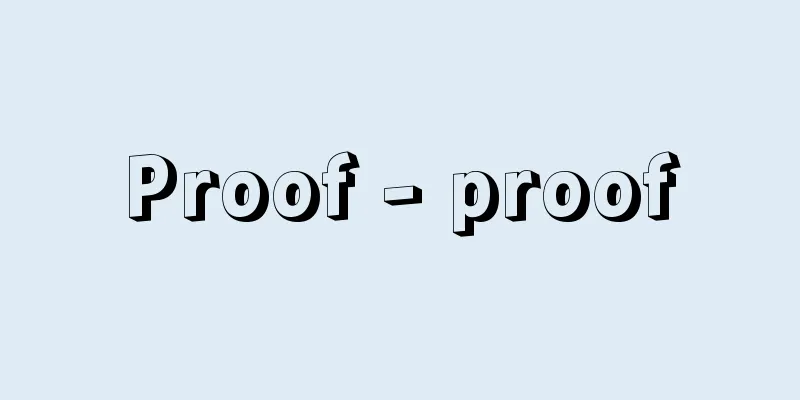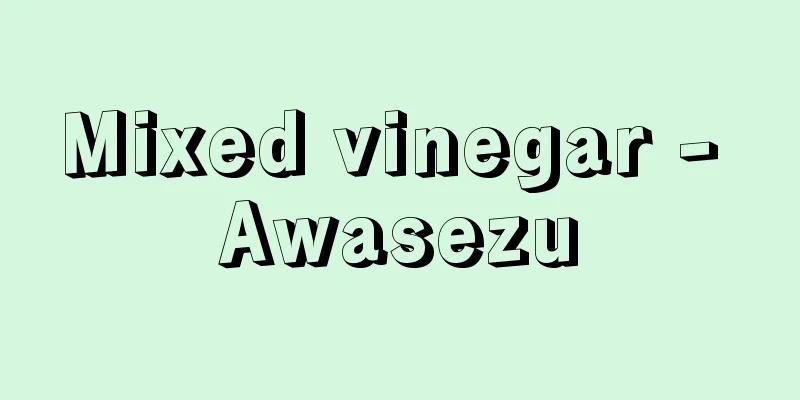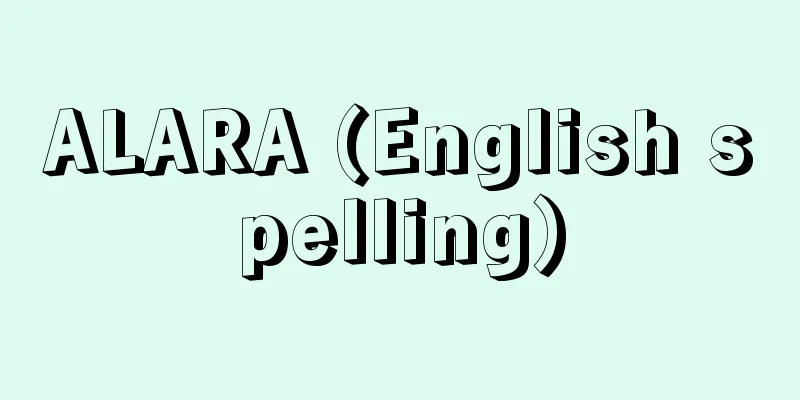Proof - proof

In mathematics, a proof involves stating several propositions, and then, taking these propositions as premises, successively applying the rules of syllogism to these propositions or to the conclusions derived from them, in order to derive a new series of true conclusions. The propositions in this case essentially state fundamental relationships between several basic, undefined objects, and are directly recognizable as true; they are called axioms. A new conclusion arrived at through inference is called a theorem. Such proofs are sometimes called direct proofs. In contrast, indirect proofs involve negating a conclusion, leading to a contradiction, and thus to the truth of a given proposition. (→ Proof by contradiction) Proof |
数学でいう証明とは,いくつかの命題を定め,これらの命題を前提にして三段論法的規則を,これらの命題あるいはそこから得られた結論に,次々と適用することによって新しい真である結論の系列を導くことである。この場合の命題は,本質的にはいくつかの基本的,無定義的対象の間にある基本的関係を言明し,真であることが直接認識できるのであって,公理と呼ばれている。また,推論によって新しく得られた結論は,定理といわれる。以上の証明を直接証明 direct proofということがある。これに対して間接証明 indirect proofとは結論を否定して矛盾を導き,与えられた命題の真理性を導くことである。 (→背理法 )
証明
|
<<: Lighting - shomei (English spelling)
Recommend
Pervert - Hentai
〘noun〙① To change appearance or shape. Also, that ...
Akiyoshi limestone (English spelling)
Limestone from the Early Carboniferous to the Mid...
《Science》
...In the narrow sense, it is the main medium for...
"Edo Murasaki Tokugawa Genji"
...During the Edo period, dramatization was not p...
Pátmos (English spelling)
...Total population about 120,000. In addition to...
Enoshikton - Enoshikton
…His children included Triton, the half-man, half...
CIC - Customer Interaction Center
Call centers, which are the core of contact with c...
Chamberlin, TC (English spelling) ChamberlinTC
…The importance of this angular momentum was poin...
Brown bat (collared bat)
A general term for mammals belonging to the genus ...
Plagiochila japonica (English spelling)
… [Kitagawa Takashi]. … *Some of the terminology ...
Spectator group - kankyakudantai
Since ancient times, theatrical performances have ...
Barth, Karl
Born: May 10, 1886 in Basel Died: December 10, 196...
three-day event
...There are also other special events such as ju...
Cucurbitaceae
...Here we will focus on melons in a broad sense....
Sedoh Festival - Sedohsai
A festival for the renewal of the throne held by t...
![Henry [V] - Henry](/upload/images/67cc7fcfc2be5.webp)








